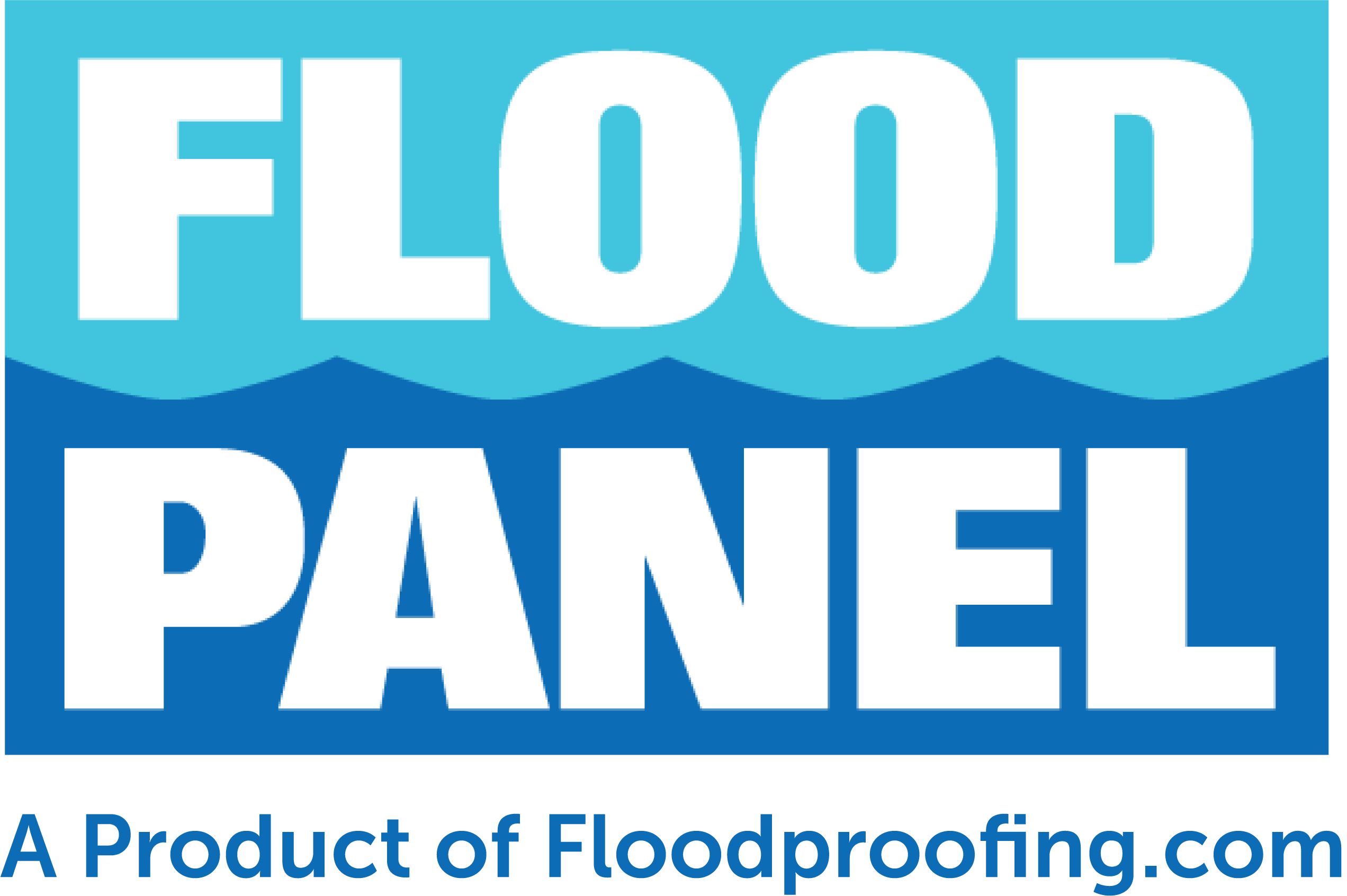Blog
Media Contact
Email: media@floodpanel.com

Contractors Should Take Steps to Minimize Flood Risk
Commercial contractors should take proactive measures to minimize flood risk before beginning any project. The frequency of flood events and the high cost of floods is driving demand for flood protection and other measures to reduce the probability of catastrophic loss due to flooding.
Before building in flood-prone areas, contractors should take these steps to assess the flood risk and avoid or mitigate the flood threat.
Review flood codes, zones and requirements
Contractors should first contact local building department officials to understand the building code and floodplain management requirements for project sites.
The National Flood Insurance Program requires that structures are designed to prevent flotation, collapse and lateral movement during a flood; flood resistant materials are used; the building is engineered and constructed to minimize flood damage; and HVAC/plumbing equipment is designed or located to prevent water entry.
Communities alter building codes to comply with the updated flood maps and NFIP changes to qualify for federal disaster assistance and flood insurance. State and local ordinances generally follow NFIP requirements plus those set by the state or community.
Other important sources of information include:
- Flood Insurance Rate Maps which define flood boundaries for FEMA flood zones and base flood (100-year flood) elevations, and map the results of recent flood insurance studies
- Flood Boundary Maps
- Flood Insurance Studies, which show mean water levels and wave elevations along the shoreline
- FEMA Technical Bulletins, such as Floodproofing Non Residential Buildings (FEMA P-936) and NFIP Technical Bulletin 3-93.
- State and local land use regulations, which govern land use, can be more restrictive than FEMA and the NFIP, and may set higher standards based on local conditions in the interest of safety.
Determine the consequences and likelihood of a flood
Flood risk is defined as the potential losses associated with a flood in terms of costs and consequences, expected probability and frequency of event, and exposure to floods. Residual risk is the level of risk not off-set by hazard-resistant design or insurance, such as the continued cost of rebuilding.
Generally, contractors can follow this rule of thumb to assess risk. First, determine the construction/replacement cost per square foot as applied to floodable levels. Then, add the cost of business disruption that includes a realistic period for resumption of operations after a flood.
For projects in flood zones, contractors should consider the likelihood of a flood event over a given time period, the likelihood of frequent and less severe events like nuisance flooding or flash floods, and less frequent, but more severe events such as hurricanes and 100-year floods. At a minimum, commercial contractors should build to standards that prepare for flooding scenarios that may seem unlikely, but actually have a statistical probability of occurrence.
Reduce and manage flood risk
Risk can be reduced or managed physically through flood protection and financially through insurance.
To avoid or manage flood risk, commercial contractors and their clients have few options: move the building outside of the flood zone, elevate the structure above base flood elevation, build earthen barriers like berms, dikes and walls, or floodproof.
Dry floodproofing requires that all large openings have flood barriers, flood panels or flood doors installed, areas below water level must resist infiltration, all small openings must be sealed, buoyancy effects should be considered and a method for pumping out leakage must be provided. FEMA and the NFIP allow dry floodproofing for commercial buildings because relocation or elevation would be a significant business hardship. Furthermore, most commercial structures can’t be elevated, and employees can deploy floodproofing solutions and practice fire-drill style floodproofing deployment plans.
********************
To learn more about flood protection, visit Flood Panel LLC, Stand D28 at the New York Build Expo 2017, March 15-16.

